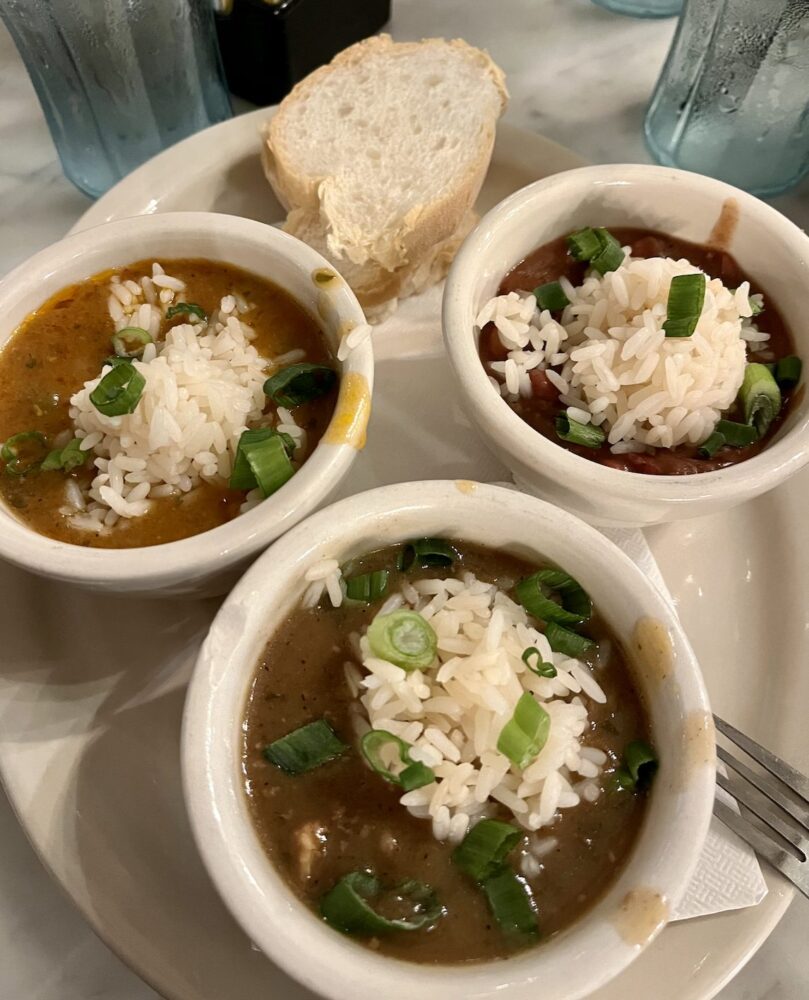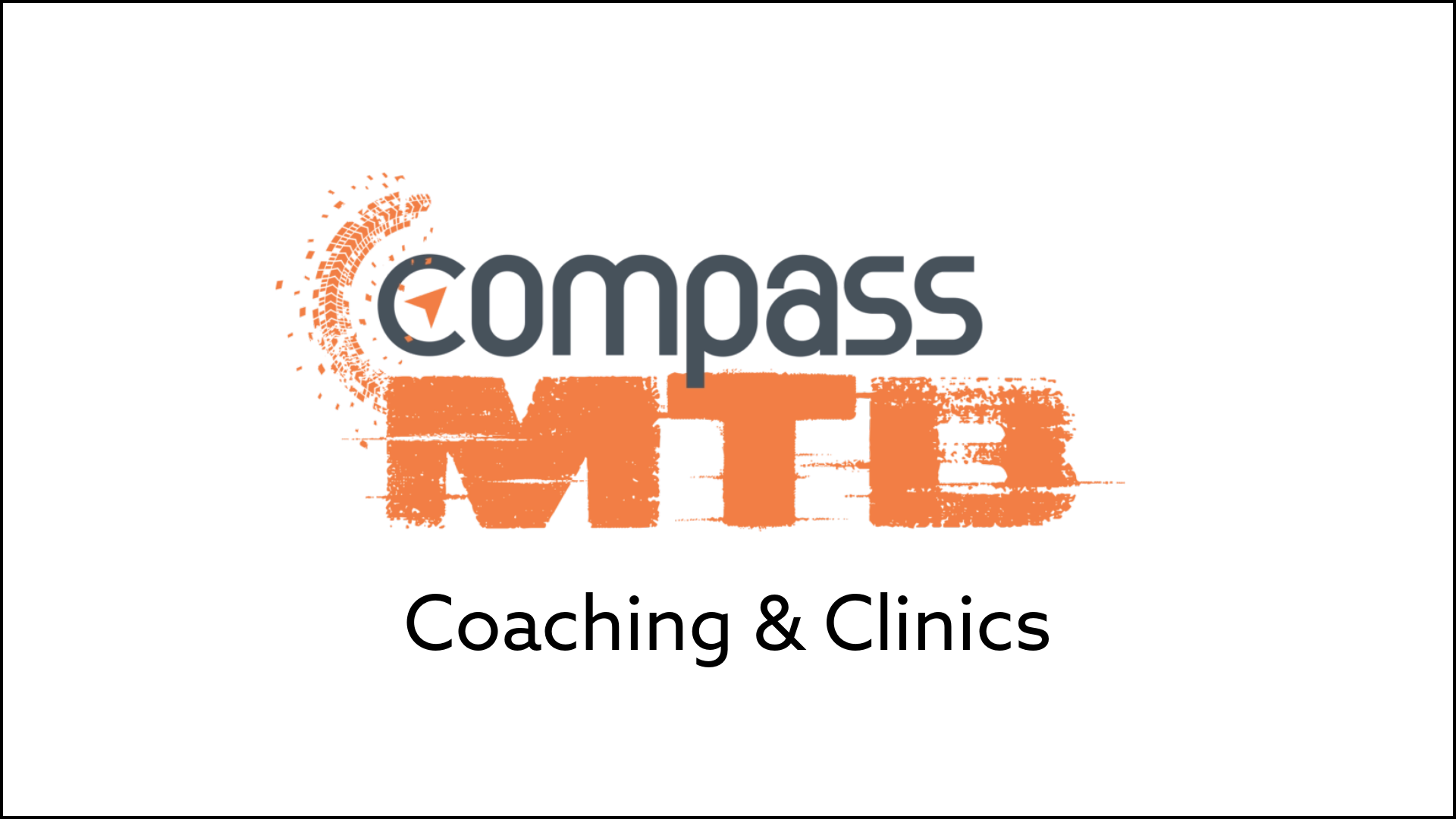I’d never been to New Orleans. This classic southern Cajun-vibe city perched on the gulf in a giant swath of wetlands where seawater meets the Mississippi River. I bet you’ve heard the nickname, The Big Easy, but like most, I didn’t know the origin. Historically, due to the thriving music and bar scene, the city was known as a haven for struggling jazz/blues musicians and an “easy” place to find work and make a living. Also, NOLA was known to be lax in its enforcement during the 1920s prohibition era, thus an easy place to get a drink, party, and have a good time.
Big Easy or not, most visitors think of Mardi Gras, parades, beads on barely-covered breasts, beignets, Bourbon Street revelry, the French Quarter, seafood boils, and live blues or jazz! You’re not wrong, but I found some additional local insight that added to the already impressive New Orleans resumé. Take a deeper dive and go past the surface with the locals. Like many trips, the people make the place, and NOLA is no exception.
New Orleans, The Alligator Lesson
New Orleans is on the gulf, but there’s no beach, just 4.5 million acres of coastal marsh and swampland, home to over one million alligators! The best way to see these amazing creatures and this amazing, soggy piece of earth is on a swamp airboat tour. Check out New Orleans Airboat Tours to book an adventure. Steve, Kim, and I joined Captain Morgan (yes, his real name) on a two-hour excursion jetting around a labyrinth of watery inlets and muddy river bogs. Just 20 minutes in, Captain Morgan stopped for the first gator spotting, a six-foot adult hanging out on the muddy bank. We continued through narrow canals, holding on to our hats to keep them from flying off. The boat’s motor sent groups of birds alight as we sped past their habitats. The most common bird sightings are herons, egrets, ibis, osprey, hawks, and eagles, now increasing in numbers.
January had been unseasonably cold, so there were not as many alligator sightings as typical, but even so, we did get an up-close experience and a lesson on conservancy efforts. Morgan had a “young friend” onboard that he hilariously presented to a surprised woman. Doobie, a 12″ toddler, was pressed close to her face as Morgan walked to the front of the boat! She squealed and slid backward on her friend’s lap. After the laughs died down, everyone held little Doobie while Morgan explained their life cycle and conservancy efforts.








Besides being a tour boat captain, Morgan and his co-workers are alligator farmers. They save, retrieve eggs, and carefully watch the juveniles until they are ready to thrive on their own. Turns out, Doobie and his young mates need some help to survive. While a female sow lays an impressive number of up to 60 eggs, only 2% survive. The mortality is high due to many predators, including herons, egrets, large-mouth bass, raccoons, and even wild pigs and black bears, who feast on the eggs and destroy the nesting area.
Morgan continued his Gator lesson, explaining that the natural loss of eggs and unregulated hunting had threatened the population. By carefully finding the nests, retrieval teams gather the eggs and foster them for three years before releasing them back to the swamp. Now, most states have alligator hunting seasons to manage the population sustainably. Also, an essential tip from Morgan is don’t add alligator to your must-try seafood list; it does not taste like chicken.
How-to-Eat Crawfish Lesson
The holy seafood trifecta in NOLA: Crawfish Etouffee, Seafood Gumbo, and Jambalaya are all must-eats for seafoodies. Our favorite meal was a classic seafood boil at Perino’s Boiling Pot, south of the city. This unassuming diner does NOT have fancy tables, cloth napkins, or metal cutlery. The wait staff and food are the standouts. Our waitress, Jewel, helped us select a platter of gulf shrimp, crawfish, and Dungeness crab legs accompanied by the traditional boiled potatoes and sweet corn.
Jewel was also kind enough to give us a hands-on, how-to-eat-crawfish lesson. Side by side, she patiently demonstrated how to separate the head from the body, suck the juice, then place a thumb on the tail while peeling back the shell to extract the meat. It’s a lot of work for a little treat, but the Cajun spice and experience make it worthwhile. She brought us rounds of Abita’s craft beers and closely monitored our progress. Friendly and helpful would be an understatement.



Bourbon Street & The French Quarter
We ventured into the city’s heart several evenings. We added more seafood cuisine and live music to a flavorful and musical trip. We dined at Olde NOLA Cookery, the famous Court of Two Sisters, and The Royal House. Live music of all genres churns out of bar doors, thrown wide down Bourbon Street (all no cover), showcasing a variety of distinct voices and instruments. We made stops at the Tipsy Trumpet and Fat Catz, to name a few. We danced and vibed to funky, jazzy tunes, blues, and a great cover band that belted out a Tina Turner classic, Proud Mary. Also, the Audubon Aquarium on the Riverwalk is a great option on a rainy day.
The meals were terrific. Kim and I had a succulent blackened flounder laced with a sweet chili sauce, topped with gulf shrimp on a bed of seafood rice. The Cajun cream sauces stole my stomach, usually topping tortellini pasta and coating a shrimp and crab blend. Oh, and the crab cakes! Also, I’d suggest the classic southern shrimp and grits or a traditional po-boy sandwich on crusty French bread. Seafood and more seafood was the standout experience of the trip, right next to holding little Doobie in the swamp.
Find a local, and ask for your New Orleans alligator lesson!
















0 Comments